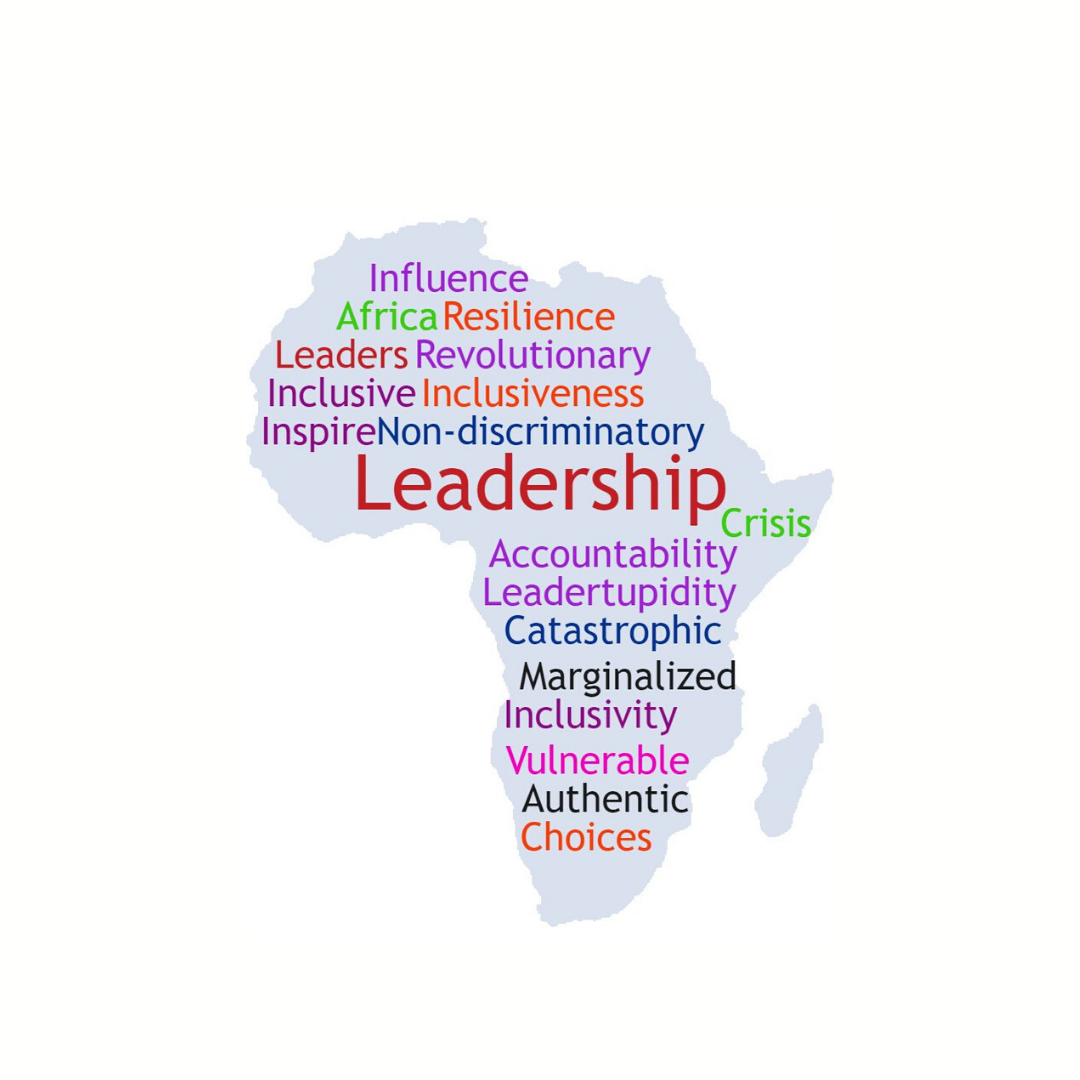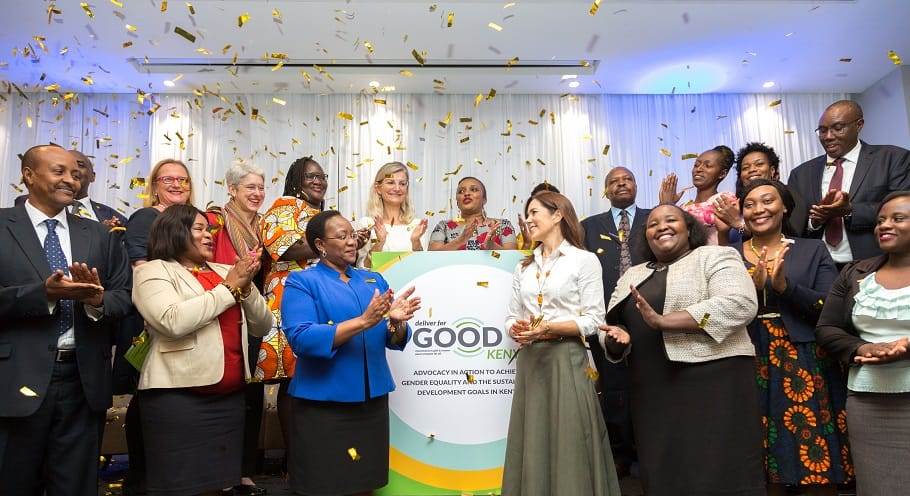#SRHRDialogues on how to facilitate and advocate for #RightToHealth with a special focus on access to Contraception for Young Women Living with HIV
Insights from Juliana Odindo on #Voices
Q1. What barriers do young women living with HIV face in accessing Contraception?
Young women living with HIV don’t have many contraceptive options. This is due to the fact that they are forced to reduce the pill burden given that some of the Anti-retrovirals interact with some of the contraceptives. There are also challenges with service providers giving incorrect and coercive information (in some cases the women are illiterate, in some cases the language used is confusing or presents a different meaning to the woman i.e. if a nurse says “your tubes will be tied” the woman accepts the option knowing and assuming that her tubes can be untied at some point) . Young women especially do not have the confidence to probe for more information and in some instances there is just no time to ask more questions. The barriers are further amplified by the lack of variety in contraceptive options in which case facilities offer only what they have. This creates a situation where there is no consistency in local and small facilities where most young women access contraceptives and pose a big challenge for those not on long term methods.
Q2. What impact does this have on their sexual and reproductive health?
Young women living with HIV sometimes lose faith in service provision and the systems failure that they are forced to deal and contend with. This means that access for them is precarious which deprives young women living with HIV their voices, agency and control over their reproductive destinies and rights. This spirals into young women living with HIV ending up with children beyond their economic means, further amplifies the risk of infection for their children if not infected already including preventable infant mortality. In overall this has a negative effect on the health and well being of young women living including their sexual and reproductive health
Q3. What Policy and programs can address the barriers
We need to avail resources for research so that all the methods and options that are showing promising results should be finalized and released to into the market keeping to enable diversified access for young women living with HIV. This will enable us embody the leave no one behind principle as per 2030 agenda for sustainable development. Available SRHR programs have documented challenges and recommendations that should be taken into account. We should leverage on the lessons learnt to design responsive, inclusive, integrated and comprehensive programs for enabling access to contraception for young women living with HIV. Active participation of beneficiaries( in this case young women living with HIV) is key and central as most successful programs have documented and emphasised on the need for meaningful engagement and participation. Integration is key to success, if the health system can be structured in such a way that service providers have access to patients history without disjointment, this would facilitate access to holistic and comprehensive sexual and reproductive health services for young women living with HIV including better data management.
Q4. As a young woman leader, what has worked in shaping the leadership and meaningful engagement of young women in HIV response. Why?
Mentorship has worked, this is because experience matters but with recognition that it should be directed and shaped to fit the lived realities and experiences of young women living with HIV. When shaping the leadership amongst young women living with HIV impact is demonstrated and linkages between contextual grassroots work and national, regional and global policy fostered. The overall funding decline for gender equality and women’s empowerment has affected the work of women rights organizations who interface with young living with HIV in communities. We therefore need access to opportunities availed to enable young women living with HIV learn from the best leaders and funding that recognizes social and technological innovation that facilitates young women living with HIV access to SRHR including family planning. This should extend to funding their contribution planning, policy and programming
Q5. Moving forward Kindly outline what young women need and what is the role of various actors in making this happen?
In my opinion meaningful involvement of young women is not there yet as we still have very few young women in important spaces where decisions regarding our lives are made. Whenever efforts made for us to be present, the end results has proven that it was tokenistic since in most case, nothing about your contribution features anywhere in the final policy documents. The few young women who are skilled and end up in the leadership positions are overwhelmed to the extent that they lose touch with the reality on the ground or are forced to transition from grassroots activism to policy advocacy at some point. Our communities don’t benefit from our representation; there should be a monitored bottom up approach and vice versa channels. Strengthen communication is required and also access to more opportunities for young women living with HIV to influence processes.
Q6.What is your parting shot?
Even among young women living with HIV there is diversity that no one magic bullet can address. This is how our contraception needs presents as well, especially interfaced with the special needs that comes with various ART regimens. If I were in a position to do anything, I would look into the gaps and challenges that face the current systems and address them before I invest on any new method. Sometimes we don’t need new we just need improvements of the current.
Read more about Juliana Odindo’s work and personal story published on the International Aids Society website where Juliana is a member -Growing up HIV; From Diagnosis To Activism
Related Tags
Related Posts
#COVID-19: Of Leadership vs ‘Leadertupidity’
The COVID-19 pandemic is a menace posing a threat to everyone, in every society. As of 2nd April
Learn MoreFEMNET 2018 Highlights
Dear Members, Partners & Friends, Happy & Spectacular 2019! I’m excited and truly grateful for your unwavering support
Learn More

